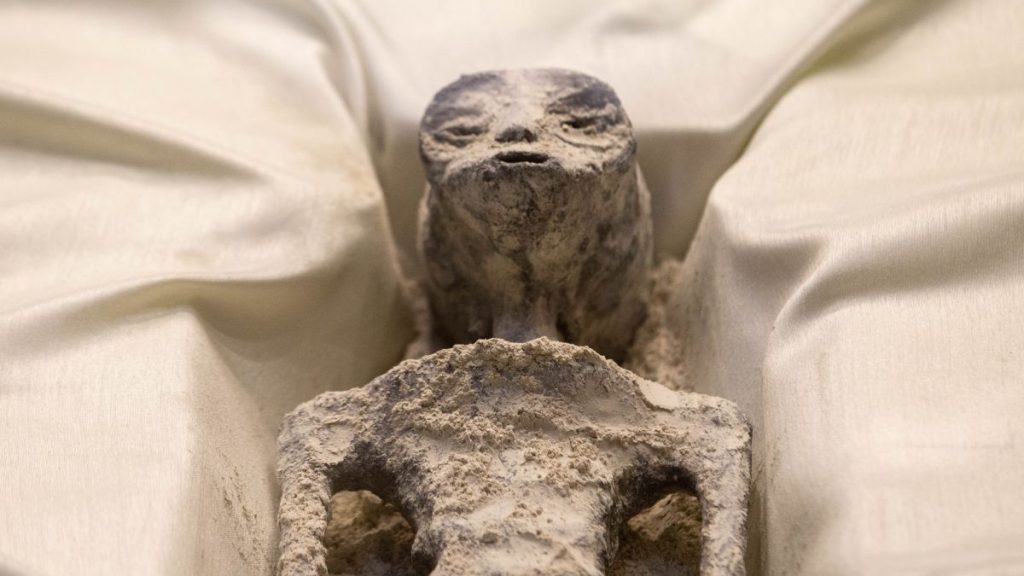Researchers testing a new artificial intelligence tool believe it could change the way scientists search for life on other worlds.
Others are reading now
Early trials suggest the system can pick up faint traces left behind by ancient organisms that would otherwise go unnoticed.
The work also hints that technologies built for Earth could eventually be used on Mars or on the icy moons orbiting distant gas giants.
Ancient signals uncovered
According to the Daily Star, scientists paired advanced chemical analysis with machine learning to examine Earth rocks that formed 3.3 billion years ago.
The approach revealed subtle chemical clues that researchers say were created by long-extinct life.
The findings, published in the Proceedings of the National Academy of Sciences, were based on more than 400 samples.
Also read
These included sediments, fossils, modern plants and animals, fungi and even meteorites to stress-test the new detection model.
The team reported that the algorithm could reliably distinguish biological material from non-living samples with more than 90 percent accuracy.
Dr Michael Wong, an astrobiologist and planetary scientist, told the Daily Star:
“This represents an inspiring example of how modern technology can shine a light on the planet’s most ancient stories and could reshape how we search for ancient life on Earth and other worlds. This is a powerful new tool for astrobiology.”
Cutting-edge methods
Researchers used a technique called pyrolysis gas chromatography mass spectrometry to break apart complex material from the rocks.
Also read
The fragments formed chemical fingerprints which were then fed into a machine-learning program trained to recognise patterns linked to life.
The model was designed to read these patterns even when the original molecules were extremely degraded.
This avoids the need to find intact fossils or specific biological markers such as DNA.
Dr Wong’s co-author Dr Robert Hazen described the approach as a “paradigm shift” because the algorithm searches for broad distributions rather than specific molecules.
He told the BBC: “For the very first time we’re just looking for a distribution function. That allows us to be much more general when examining highly degraded samples with very little information.”
Pushing back life’s timeline
Also read
The researchers said the oldest biosignature detected in the study dates back 3.3 billion years, almost double the previous recognised limit of 1.7 billion years.
They also found signs that photosynthesis was taking place at least 2.5 billion years ago, around 800 million years earlier than earlier estimates.
The Daily Star reports that scientists have traditionally relied on rare stromatolites or on shifts in isotope ratios to track early life.
Both methods require exceptional preservation, which limits the number of usable samples.
The new machine-learning method allows scientists to test a wider range of rocks, providing a complementary line of evidence that could fill long-standing gaps in the geological record.
New possibilities for exploration
Also read
The algorithm can recognise major differences between samples from living and non-living sources and can also distinguish photosynthetic organisms from others.
It can even separate broad categories of life such as eukaryotes and prokaryotes.
Dr Hazen said the system’s sensitivity could prove crucial for studying Mars, where it is unclear what past life might have looked like.
If returning rock samples to Earth proves too costly, he said a rover equipped with a portable analysis tool could perform the work on the planet’s surface.
The researchers have secured NASA funding to design such an instrument package. Co-author Dr Anirudh Prabhu said:
Also read
“What’s exciting is that this approach doesn’t rely on finding recognisable fossils. AI didn’t just help us analyse data faster, it allowed us to make sense of messy, degraded chemical data. It opens the door to exploring ancient and alien environments with a fresh lens guided by patterns we might not even know to look for ourselves.”
Expanding the toolkit
Co-author Professor Andrew Knoll said the method could become a central part of both planetary and Earth science. He told the Daily Star:
“For decades we’ve searched ancient rocks for traces of life using a limited set of tools. What’s remarkable about this study is that it adds whole new dimensions, not just better instruments, but better questions. Machine learning helps us uncover biological signals that were effectively invisible before. It’s a leap forward in our ability to read the deep-time record of life.”
Sources: Daily Star, BBC, PNAS
Also read
This article is made and published by Kathrine Frich, who may have used AI in the preparation


